Find Help
More Items From Ergsy search
-
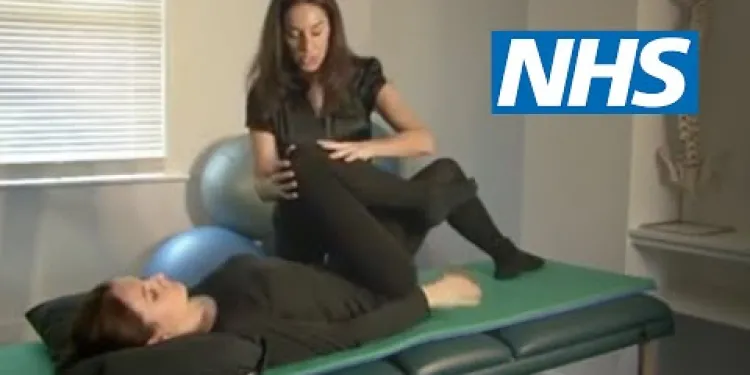
Exercises for sciatica: spinal stenosis | NHS
Relevance: 100%
-
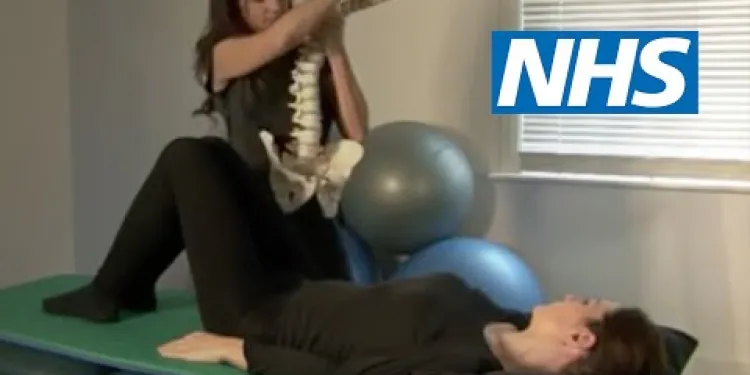
Exercises for sciatica: herniated or slipped disc | NHS
Relevance: 53%
-
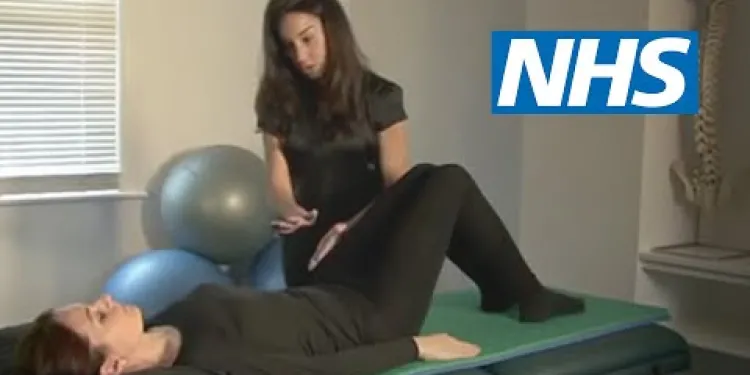
Exercises for sciatica: degenerative disc disease | NHS
Relevance: 52%
-

Exercises for sciatica: herniated or slipped disc | NHS
Relevance: 47%
-

Exercises for sciatica: piriformis syndrome | NHS
Relevance: 38%
-

Evidence-Based Interventions: injections for non-specific low back pain without sciatica
Relevance: 33%
-

What is spinal anaesthesia?
Relevance: 28%
-

Spinal Anaesthesia for Caesarean Section
Relevance: 26%
-
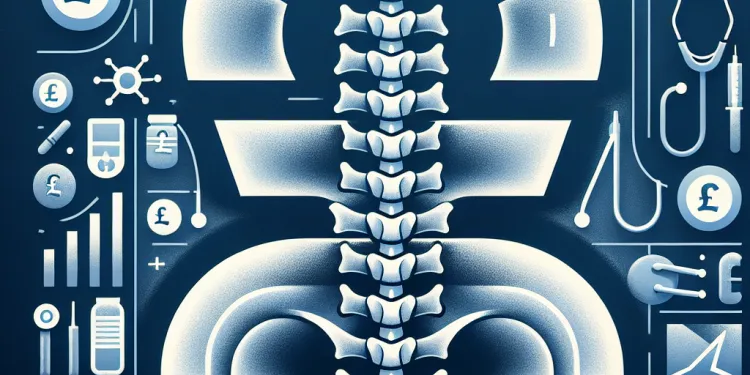
How will I be positioned for spinal anaesthesia?
Relevance: 26%
-
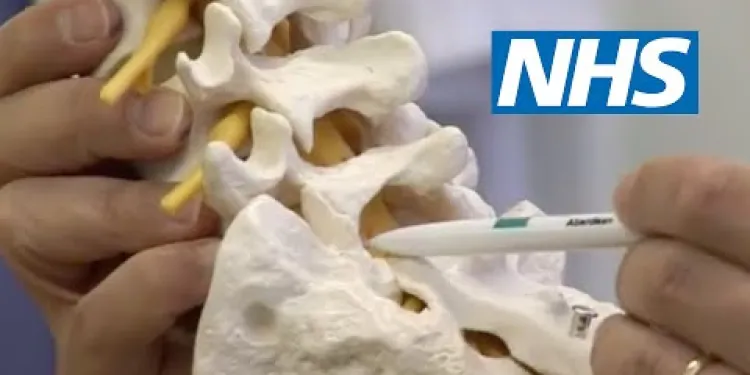
Lumbar surgery | NHS
Relevance: 25%
-

Is spinal anaesthesia safe for a Caesarean section?
Relevance: 25%
-

How is spinal anaesthesia different from an epidural?
Relevance: 24%
-
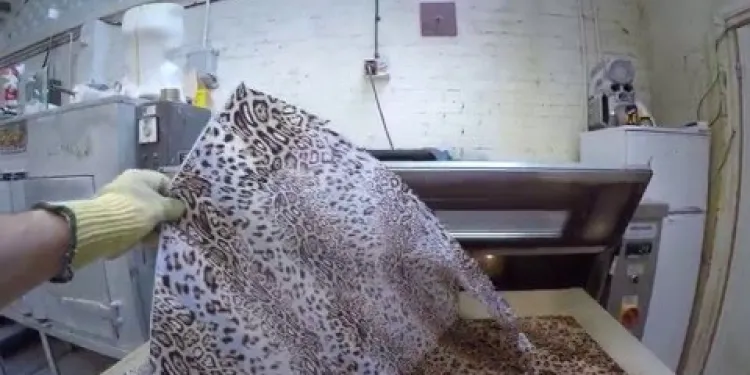
Making a spinal brace for a scoliotic patient at the RNOH
Relevance: 24%
-

What should I do to prepare for spinal anaesthesia?
Relevance: 24%
-
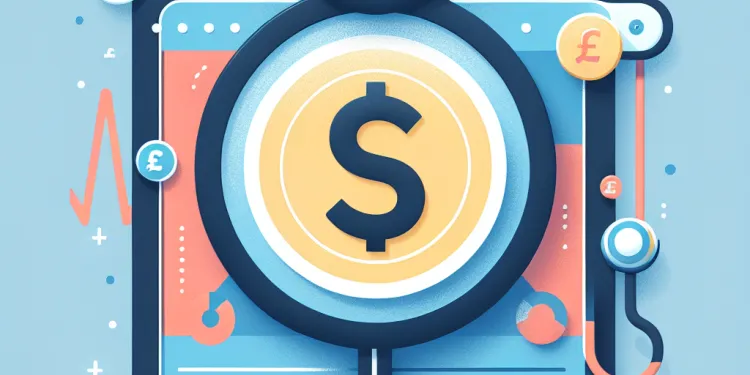
What are the common side effects of spinal anaesthesia?
Relevance: 24%
-
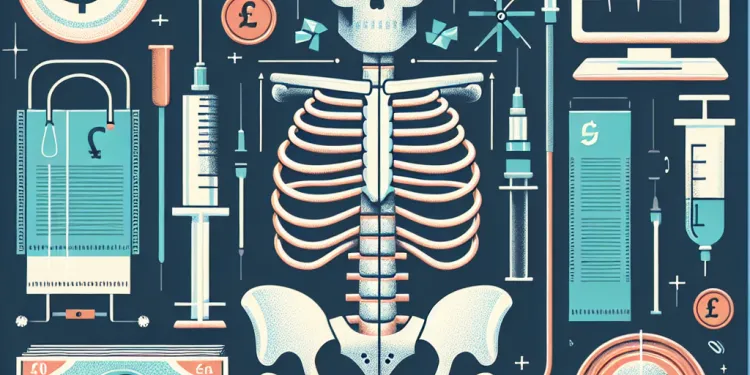
What should I expect after the spinal anaesthesia wears off?
Relevance: 23%
-

Can I breastfeed immediately after a Caesarean section under spinal anaesthesia?
Relevance: 21%
-

Neck Exercises
Relevance: 19%
-
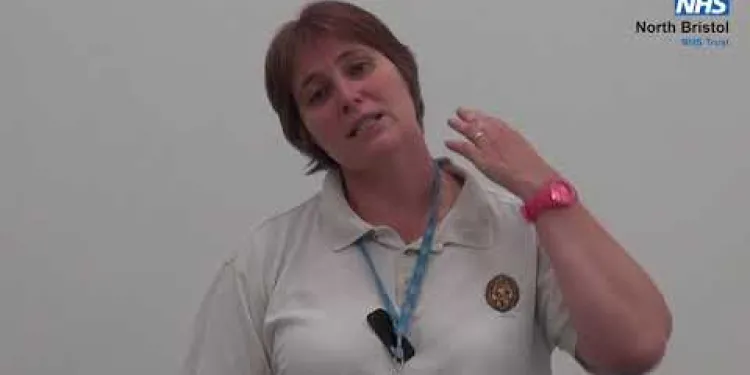
Neck Exercises
Relevance: 19%
-

Shoulder Exercises 1
Relevance: 19%
-
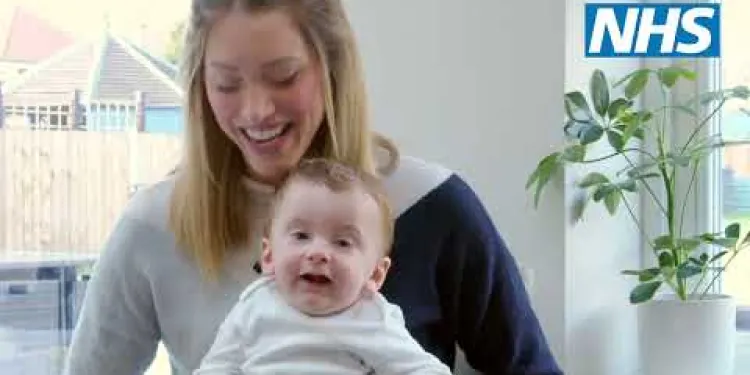
Charlie and Rupert on their journey with Spinal Muscular Atrophy and Zolgensma Gene Therapy
Relevance: 18%
-
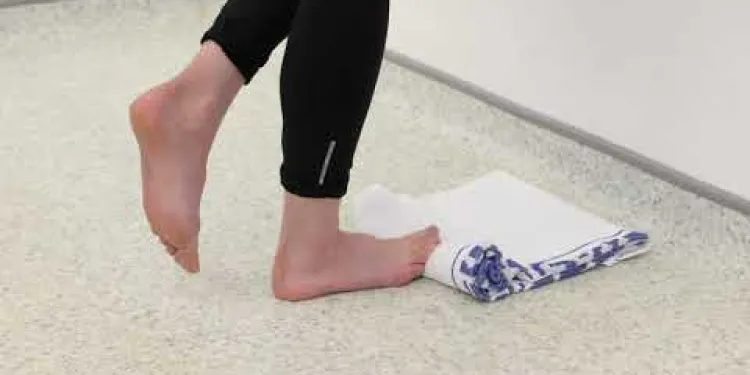
Plantar Fascia Loading Exercise (High Load Exercise)
Relevance: 18%
-

Facial exercise programme
Relevance: 18%
-
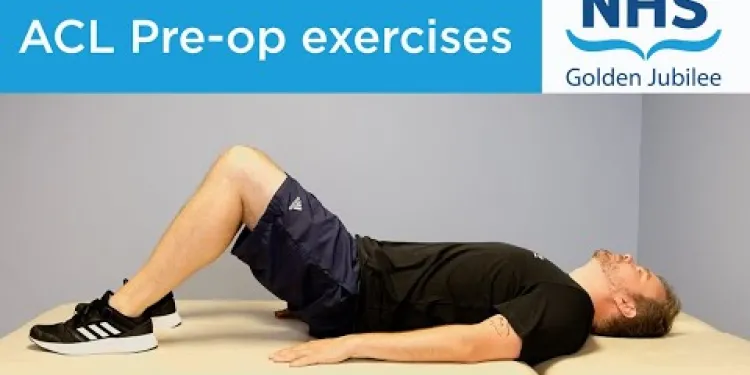
ACL pre-operation exercises
Relevance: 18%
-
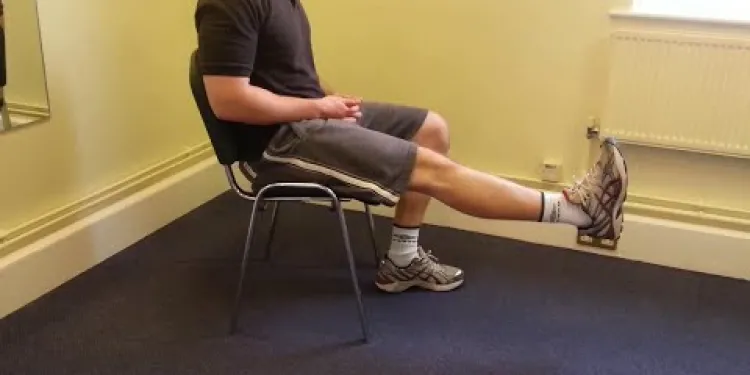
Knee Care Exercises
Relevance: 18%
-
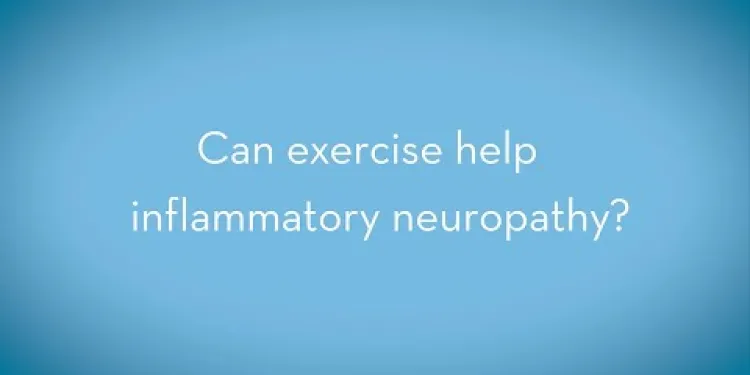
Exercise in patients with a neuropathy
Relevance: 18%
-
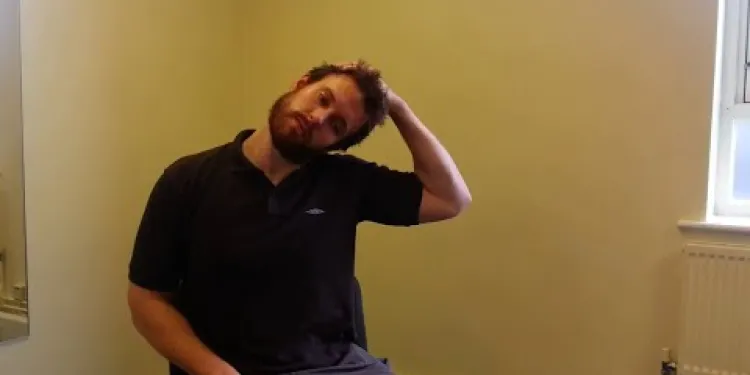
Neck Care Exercises
Relevance: 18%
-

Is it safe to exercise with a cold?
Relevance: 18%
-

ACL exercises post-operation
Relevance: 17%
-
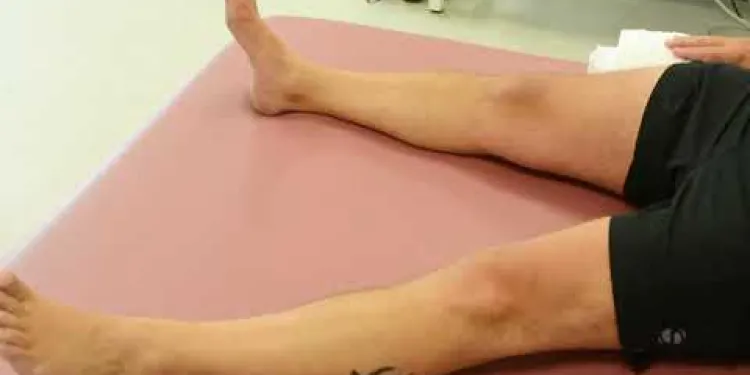
Joint School - Hip Exercises
Relevance: 17%
-
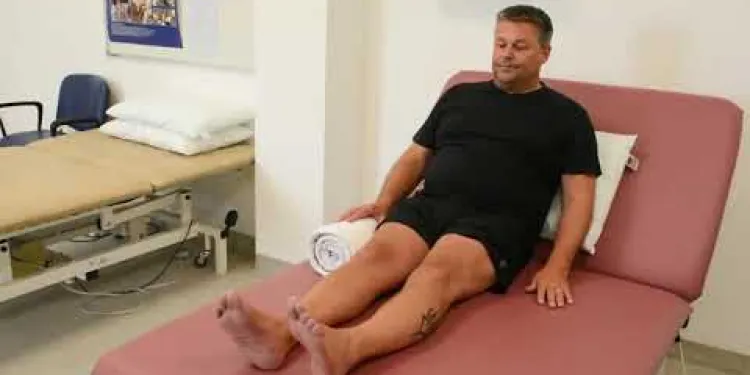
Joint School - Knee Exercises
Relevance: 17%
-

Will I be able to engage in physical exercise?
Relevance: 17%
-
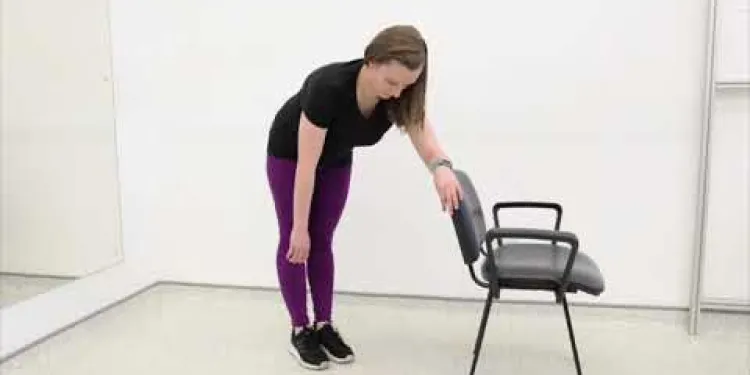
Frozen shoulder Pendular Exercises
Relevance: 17%
-
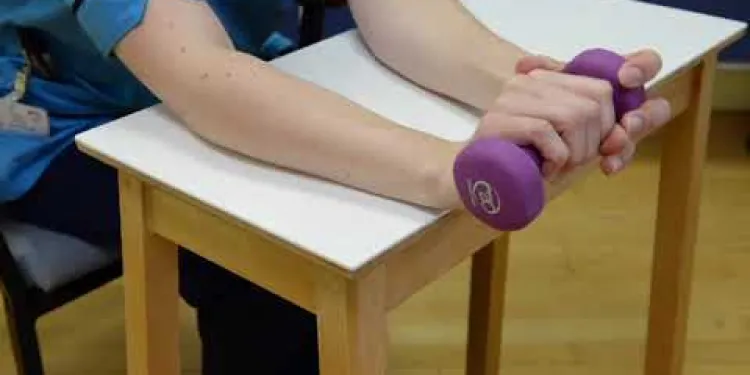
Elbow Eccentric Strengthening Exercise
Relevance: 17%
-
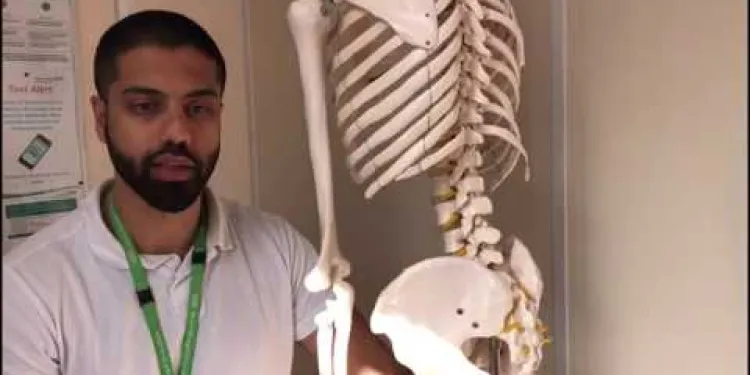
MSK Lower Back Pain information video
Relevance: 17%
-

Exercise Routines for Busy Parents
Relevance: 17%
-

Can exercises help with labor preparation?
Relevance: 16%
-

Are there any exercises involved in air physiotherapy?
Relevance: 16%
-

How does exercise benefit pregnancy?
Relevance: 16%
-

Falls Prevention - strength and balance exercises
Relevance: 16%
Exercises for Sciatica: Spinal Stenosis | NHS
Understanding Sciatica and Spinal Stenosis
Sciatica refers to pain that radiates along the path of the sciatic nerve, which branches from your lower back through your hips and buttocks and down each leg. When caused by spinal stenosis, the spaces within your spine narrow, putting pressure on the nerves. This narrowing can cause pain, tingling, numbness, and muscle weakness. The NHS recommends certain exercises to alleviate these symptoms and improve overall spinal health.
Pelvic Tilt
The pelvic tilt is a gentle exercise designed to strengthen your lower abdominal muscles and stabilize your spine. Here’s how to do it:
- Lie on your back with your knees bent and feet flat on the floor.
- Tighten your abdominal muscles and press your lower back into the floor.
- Hold for a few seconds, then relax.
- Repeat 10-15 times.
Knee-to-Chest Stretch
This stretch helps to relieve pressure on the sciatic nerve by elongating your spine. Follow these steps:
- Lie on your back with your knees bent and feet flat on the floor.
- Bring one knee up to your chest, keeping the other foot on the floor.
- Hold for 20-30 seconds, then switch legs.
- Repeat 2-3 times for each leg.
Cat-Cow Stretch
The Cat-Cow stretch helps to maintain flexibility in your spine and ease tension around the sciatic nerve. Here’s how to perform it:
- Start on your hands and knees in a tabletop position.
- Inhale, arch your back (cow position), lifting your chest and tailbone toward the ceiling.
- Exhale, round your back (cat position), pulling your belly button toward your spine.
- Repeat for 1-2 minutes in a slow, controlled manner.
Bridging
This exercise strengthens your lower back, glutes, and abdominal muscles. Follow these steps:
- Lie on your back with your knees bent and feet flat on the floor.
- Lift your hips towards the ceiling, squeezing your glutes.
- Hold for a few seconds, then lower your hips back to the floor.
- Repeat 10-15 times.
Consulting a Healthcare Professional
Before beginning any exercise program, it is essential to consult with a healthcare professional, especially if you are experiencing severe pain. The NHS advises that a tailored exercise plan devised by a physical therapist may be beneficial for managing symptoms of sciatica caused by spinal stenosis.
For more detailed guidance and personalised advice, please consult your GP or visit the NHS website.
Exercises for Sciatica: Spinal Stenosis | NHS
Understanding Sciatica and Spinal Stenosis
Sciatica is pain that travels down your leg from your lower back. It happens because something is pressing on a nerve in your back. Spinal stenosis is when your spine gets narrow. This can press on nerves and cause pain or tingling. The NHS says exercises can help with the pain and make your spine healthier.
Pelvic Tilt
The pelvic tilt exercise helps make your tummy muscles strong and supports your back. Try it like this:
- Lie on your back. Bend your knees and keep your feet flat on the floor.
- Squeeze your tummy muscles and push your back towards the floor.
- Hold for a few seconds. Then relax.
- Do this 10 to 15 times.
Knee-to-Chest Stretch
This stretch helps your spine and can ease pressure on the nerve. Do it like this:
- Lie on your back. Bend your knees and keep your feet flat on the floor.
- Bring one knee up to your chest. Keep your other foot on the floor.
- Hold for 20 to 30 seconds, then switch legs.
- Do this 2 to 3 times with each leg.
Cat-Cow Stretch
The Cat-Cow stretch helps keep your spine flexible and reduces tension. Try it like this:
- Start on your hands and knees like a table.
- Breathe in and arch your back, lift your chest and tailbone up (cow position).
- Breathe out and round your back, pulling your tummy in (cat position).
- Do this slowly for 1 to 2 minutes.
Bridging
This exercise makes your back, bottom, and stomach muscles strong. Follow these steps:
- Lie on your back. Bend your knees and keep your feet flat on the floor.
- Lift your hips towards the ceiling and squeeze your bottom.
- Hold for a few seconds, then lower your hips back to the floor.
- Do this 10 to 15 times.
Consulting a Healthcare Professional
It is very important to talk to a doctor before starting any new exercises, especially if you have a lot of pain. The NHS suggests you get a special exercise plan from a physical therapist. This can help with sciatica from spinal stenosis.
For more help and advice, please talk to your doctor or visit the NHS website.
Frequently Asked Questions
What causes spinal stenosis?
Spinal stenosis is primarily caused by age-related changes in the spine such as the thickening of ligaments, bone spurs, and herniated discs that lead to narrowing of the spinal canal.
What are the symptoms of spinal stenosis?
Common symptoms include lower back pain, leg pain, numbness or weakness in the legs, and difficulty walking or standing for long periods.
Can exercises help with spinal stenosis?
Yes, specific exercises can help improve strength, flexibility, and posture, which may reduce symptoms and improve quality of life for individuals with spinal stenosis.
What types of exercises are recommended for spinal stenosis?
Exercises typically recommended include stretching, strengthening exercises for the core and back muscles, aerobic activities like walking or swimming, and flexibility exercises.
How often should I perform these exercises?
It's generally recommended to perform these exercises daily or several times a week, but you should follow the guidance provided by your healthcare provider or physiotherapist.
Are there any exercises I should avoid?
Avoid high-impact activities, heavy lifting, and any exercise that causes pain or discomfort. It's important to consult with a healthcare provider for personalized advice.
Can I do these exercises at home?
Yes, many exercises for spinal stenosis can be performed at home with little to no equipment. However, it is advisable to learn the correct techniques from a physiotherapist first.
How quickly will I see improvements?
Improvements can vary from person to person. Some may notice benefits in a few weeks, while others may take several months. Consistency is key.
Should I consult a doctor before starting these exercises?
Yes, it's important to consult with a healthcare provider before beginning any new exercise regimen, especially if you have spinal stenosis or other health conditions.
What role does posture play in managing spinal stenosis?
Good posture can help relieve pressure on the spine and reduce pain. Exercises that strengthen the core and improve posture are beneficial for individuals with spinal stenosis.
Is walking a good exercise for spinal stenosis?
Yes, walking is a low-impact aerobic exercise that can help improve overall spinal health and reduce symptoms of spinal stenosis.
Can weight loss help with spinal stenosis?
Yes, maintaining a healthy weight can reduce the strain on your spine and alleviate symptoms of spinal stenosis.
How can physiotherapy help with spinal stenosis?
A physiotherapist can provide a tailored exercise plan to strengthen muscles, improve flexibility, and reduce pain, helping to manage symptoms effectively.
Are there any non-exercise treatments for spinal stenosis?
Yes, treatments can include medications, physical therapy, injections, and in some cases, surgery. Your healthcare provider can recommend the best treatment plan for you.
Can yoga help with spinal stenosis?
Yes, gentle yoga can improve flexibility, strength, and posture, which may help alleviate symptoms of spinal stenosis. It's important to practice under the guidance of a skilled instructor.
What makes spinal stenosis happen?
Spinal stenosis happens when the space in the spine gets smaller. This can make it hard for nerves to pass through. This usually happens because of changes in the spine as people get older. Things like thick ligaments, extra bone growth, and discs that move out of place can cause this.
If you have trouble reading, you can use tools that read text out loud or highlight text to help you. It's okay to ask for help if you need it!
What Happens When You Have Spinal Stenosis?
Spinal stenosis is when your spine gets tight. Here is what you might feel if you have it:
- Back or neck pain
- Tingling or weakness in arms or legs
- Trouble walking or keeping your balance
- Feeling tired when standing for a long time
If you feel these things, tell an adult or doctor. They can help you by checking it out.
Using tools like picture books or apps can help you understand better.
Some common signs are back pain, pain in the legs, feeling numb or weak in your legs, and having a hard time walking or standing for a long time.
If you need help with reading, you can try using picture clues or listening to someone read to you. Audiobooks or text-to-speech tools can also be helpful.
Can exercises help if you have spinal stenosis?
Yes, doing certain exercises can make your back feel better. These exercises can make you stronger and more flexible. They can also help you stand and sit up straight. This can help if you have spinal stenosis, a condition that affects the spine. These exercises might make the symptoms less and help you feel better.
What exercises can help if you have spinal stenosis?
Here are some exercises that people often do:
- Stretching - This helps your body feel loose and good.
- Exercises to make your tummy and back muscles strong.
- Activities like walking or swimming - These are good for your heart.
- Exercises that help your body get bendy.
Supportive tools and techniques:
- Use a mat for stretching so it's comfy.
- Try a video that shows you how to do exercises.
- Do a little bit every day to get better over time.
How often should I do these exercises?
It is best to do these exercises a few times each week.
Doing them 2 to 3 times a week can be helpful.
Remember to take breaks and not to do too much at once.
Using a calendar or planner can help you remember when to exercise.
If you need help, ask a friend or family member to remind you.
Do these exercises every day or a few times each week. Listen to what your doctor or physiotherapist tells you to do.
What exercises should I not do?
Do not do exercises that are hard on your body, lift heavy things, or do anything that hurts. Talk to a doctor to get advice that is just right for you.
Can I do these exercises at home?
Yes, you can do these exercises at home. Here are some tips to help you:
- Find a quiet and safe space in your home.
- Wear comfortable clothes.
- Use a mat or a soft surface to exercise on.
- Start with easy exercises and go slowly.
- Ask an adult for help if you need it.
- Use videos or apps to guide you.
Remember to take breaks when you need to.
Yes, you can do many exercises for spinal stenosis at home. You don't need special equipment. But it is a good idea to ask a physiotherapist how to do them right first.
When will I see changes?
You might start to notice changes soon. Everyone is different, so it might take some time. Here are some tips to help: - Keep track of your progress. Write down what you see changing. - Ask someone for help if you find it hard to know if you're improving. - Use simple tools like a calendar to mark your progress. Be patient and keep trying!Getting better can be different for each person. Some people see good changes in a few weeks. For others, it can take many months. Keep doing what you're doing.
Here are some ways to help:
- Do a little bit every day. It all adds up!
- Keep a diary to see how you are getting better.
- Ask a family member or friend for support.
Do I need to ask a doctor before doing these exercises?
It is a good idea to talk to a doctor before you start new exercises. They can help you stay safe and healthy. You can also ask someone you trust for help if you are not sure.
Yes, it's important to talk to a doctor before you start any new exercises, especially if you have back problems or other health issues.
How does sitting or standing help with spinal stenosis?
Spinal stenosis is when the spaces in your spine are too small. This can make your back hurt or feel numb.
How you sit or stand can help with spinal stenosis. It can make your back feel better. Here are some tips:
- Stand up straight, don't slouch.
- Sit with your back straight and feet flat on the floor.
- Take breaks and move around if sitting too long.
If you need help, ask someone to show you how to sit or stand in a good way. Or you can use special chairs or cushions.
Sitting and standing up straight can help your back feel better. Doing exercises to make your tummy and back strong can also help if you have spinal stenosis.
Is walking good for a sore back?
If your back hurts because of spinal stenosis, walking can help. Walking is a gentle exercise. It can make your back and body feel better. But, listen to your body. If it hurts more, stop and rest.
Here are some tips for walking with a sore back:
- Walk on flat, even ground.
- Wear comfy shoes.
- Start with short walks and go slow.
- Hold onto something if you need help, like a cane or railing.
If walking hurts too much, talk to a doctor or therapist. They can give you more advice on how to move safely.
Yes, walking is a gentle exercise that is good for your back. It can help make your spine stronger and feel better if you have spinal problems.
Can losing weight help with spinal stenosis?
Spinal stenosis is when your spine gets tight, and it can hurt or make you feel weak.
Losing extra weight might help you feel better. It can take some pressure off your back.
You can try simple exercises like walking or stretching. Eating healthy foods like fruits and vegetables can also help.
If you find reading hard, you can use tools like audiobooks or ask someone to read with you.
Talk to a doctor or a health expert for more ideas and tips.
Yes, keeping a healthy weight can help your back feel better and ease back problems.
How can physiotherapy help with spinal stenosis?
Spinal stenosis means that parts of your spine are tighter than they should be. This can hurt and make it hard to move.
Physiotherapy is a way to help you feel better. You will work with a physiotherapist. They know a lot about helping people move well.
A physiotherapist can show you special exercises. These exercises make your muscles stronger and help you move better. They can also help you stretch and loosen your back.
Sometimes, a physiotherapist uses special tools to help you. They might use heat or cold treatments. This can make your back feel better.
If you have spinal stenosis, a physiotherapist can help you move more easily and feel less pain. Always talk to your doctor before starting new exercises.
A physiotherapist is someone who helps people get stronger and feel better. They can make a special exercise plan just for you. This plan can help make your muscles strong, help you move your body better, and make pain go away. This can help you feel good and manage your symptoms.
What can help with spinal stenosis without exercise?
Yes, there are different types of help for this. You might take medicine, do exercises with a therapist, get shots, or sometimes have an operation. Your doctor will tell you what is best for you.
Can yoga help with back problems?
Some people have a pain in their back because their spine is too tight. This is called spinal stenosis.
Yoga can be good for the back. It helps stretch and relax the muscles. This can make back pain feel better.
If you have back problems, talk to your doctor. They can tell you if yoga is safe for you.
Using a yoga mat or a chair can make yoga easier.
Yes, easy yoga can help you stretch, get stronger, and stand or sit up straight. This can help if you have back pain from something called 'spinal stenosis'. Make sure to do yoga with a teacher who knows how to help you.
Useful Links
- Ergsy carfully checks the information in the videos we provide here.
- Videos shown by Youtube after a video has completed, have NOT been reviewed by ERGSY.
- To view, click the arrow in centre of video.
- Most of the videos you find here will have subtitles and/or closed captions available.
- You may need to turn these on, and choose your preferred language.
- Go to the video you'd like to watch.
- If closed captions (CC) are available, settings will be visible on the bottom right of the video player.
- To turn on Captions, click settings .
- To turn off Captions, click settings again.
More Items From Ergsy search
-

Exercises for sciatica: spinal stenosis | NHS
Relevance: 100%
-

Exercises for sciatica: herniated or slipped disc | NHS
Relevance: 53%
-

Exercises for sciatica: degenerative disc disease | NHS
Relevance: 52%
-

Exercises for sciatica: herniated or slipped disc | NHS
Relevance: 47%
-

Exercises for sciatica: piriformis syndrome | NHS
Relevance: 38%
-

Evidence-Based Interventions: injections for non-specific low back pain without sciatica
Relevance: 33%
-

What is spinal anaesthesia?
Relevance: 28%
-

Spinal Anaesthesia for Caesarean Section
Relevance: 26%
-

How will I be positioned for spinal anaesthesia?
Relevance: 26%
-

Lumbar surgery | NHS
Relevance: 25%
-

Is spinal anaesthesia safe for a Caesarean section?
Relevance: 25%
-

How is spinal anaesthesia different from an epidural?
Relevance: 24%
-

Making a spinal brace for a scoliotic patient at the RNOH
Relevance: 24%
-

What should I do to prepare for spinal anaesthesia?
Relevance: 24%
-

What are the common side effects of spinal anaesthesia?
Relevance: 24%
-

What should I expect after the spinal anaesthesia wears off?
Relevance: 23%
-

Can I breastfeed immediately after a Caesarean section under spinal anaesthesia?
Relevance: 21%
-

Neck Exercises
Relevance: 19%
-

Neck Exercises
Relevance: 19%
-

Shoulder Exercises 1
Relevance: 19%
-

Charlie and Rupert on their journey with Spinal Muscular Atrophy and Zolgensma Gene Therapy
Relevance: 18%
-

Plantar Fascia Loading Exercise (High Load Exercise)
Relevance: 18%
-

Facial exercise programme
Relevance: 18%
-

ACL pre-operation exercises
Relevance: 18%
-

Knee Care Exercises
Relevance: 18%
-

Exercise in patients with a neuropathy
Relevance: 18%
-

Neck Care Exercises
Relevance: 18%
-

Is it safe to exercise with a cold?
Relevance: 18%
-

ACL exercises post-operation
Relevance: 17%
-

Joint School - Hip Exercises
Relevance: 17%
-

Joint School - Knee Exercises
Relevance: 17%
-

Will I be able to engage in physical exercise?
Relevance: 17%
-

Frozen shoulder Pendular Exercises
Relevance: 17%
-

Elbow Eccentric Strengthening Exercise
Relevance: 17%
-

MSK Lower Back Pain information video
Relevance: 17%
-

Exercise Routines for Busy Parents
Relevance: 17%
-

Can exercises help with labor preparation?
Relevance: 16%
-

Are there any exercises involved in air physiotherapy?
Relevance: 16%
-

How does exercise benefit pregnancy?
Relevance: 16%
-

Falls Prevention - strength and balance exercises
Relevance: 16%


